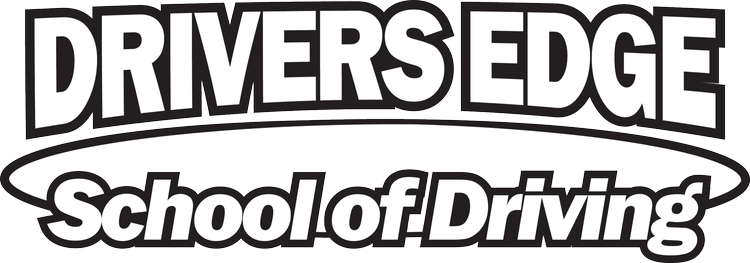“The Tortoise or the Hare”
On this glorious holiday, we will revisit a story from our past and some current meanings related to new drivers. At times when driving, we will be required to drive fast, but below the speed limit, and at other times we will be required to drive slow. Understanding when to drive fast and when to ease up on the gas pedal is crucial for staying safe on the road.
Hare:
Highways and Interstates: Speed limits on highways are designed for efficiency and safety. Driving too slowly in these areas can disrupt traffic flow and turn you into a rolling roadblock. Many speed limit signs on highways or interstates have a minimum speed limit, so in normal driving conditions, it is important to keep those in mind.
Merging onto Busy Roads: When merging onto highways or into traffic, it is important to get up to the speed of traffic. Keeping up with the flow can prevent sudden braking or confusion for other drivers. Maintain a consistent speed once up to speed, signal, and maneuver into position.
Passing Another Vehicle: If you need to overtake a slower-moving vehicle, a brief burst of speed, while staying within legal limits, can help you get back to the lane safely and quickly. Be sure to stay under the posted speed limit. Be sure to check if the coast is clear and that passing is legal in that location.
Tortoise:
Residential Areas: When driving through neighborhoods, schools, or areas with heavy pedestrian traffic, slower speeds are essential. Slow down. Be on the lookout for hares, tortoises, and humans. Be prepared to stop and constantly scan for hazards.
Bad Weather Conditions: In rain, snow, and fog, reduce your speed to maintain control and navigate safely. These conditions limit visibility, making your most used sense, your sight, more difficult to use to see potential hazards. Going slower also helps prevent slips and allows other vehicles to see you with more time to react.
Sharp Turns or Curves: On sharp turns or curves, take them slowly. This will help decrease the amount of force, allowing for less slippage and easier handling as the inertial forces are less.
Heavy Traffic: Bumper-to-bumper situations are tortoise territory. Rushing will not get you anywhere faster, but it might earn you a fender-bender.
As drivers, we are all participants in a shared ecosystem. Whether you are sprinting down the interstate or meandering through a scenic back road, remember to drive mindfully. Be cognizant of the speed limits and potential hazards. In adverse conditions, slow down, give yourself more time to react, and lessen your forces. On the highway or high-speed roads, press the pedal and join the flow of traffic. After all, it is not just about reaching your destination, but reaching it safely.
